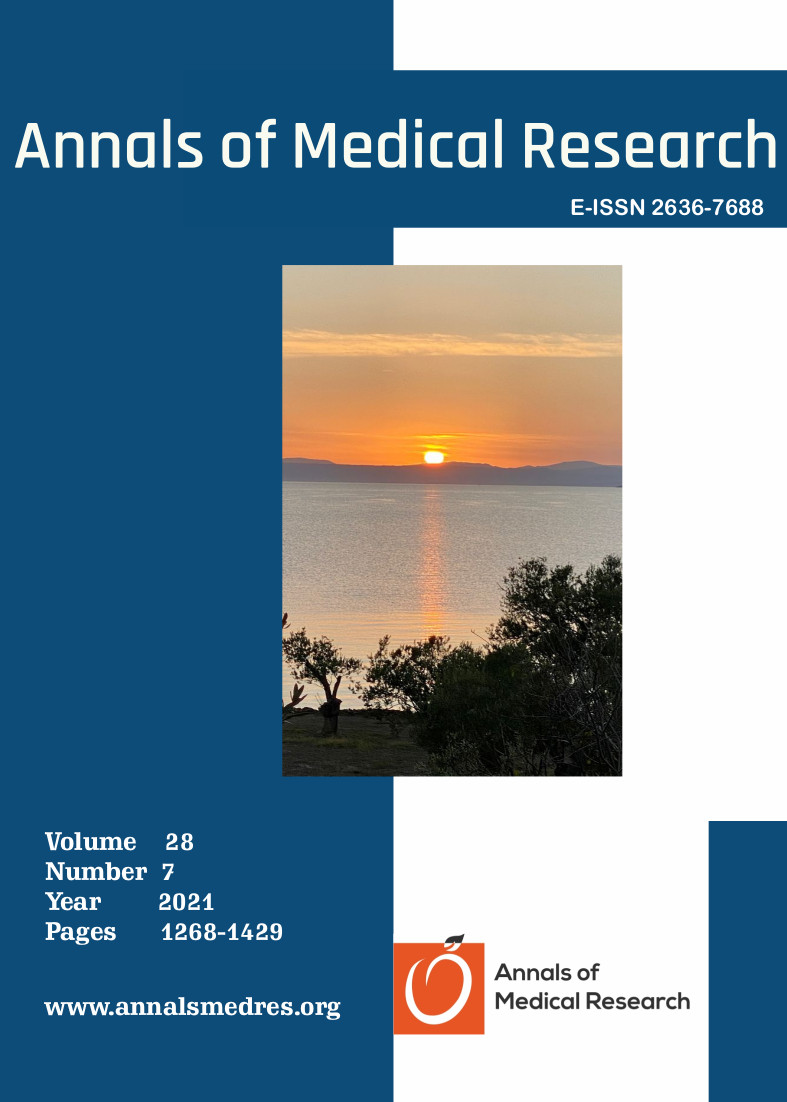Anger level and related factors in patients presenting to the emergency department
Main Article Content
Abstract
Aim: According to reasons for admission, unnecessary patient population increases burden on emergency services and prevents real emergency patients from receiving medical care. Emergency departments frequently encounter acts of violence in various forms as a result of uncontrolled anger. Therefore, this study aimed to demonstrate anger levels and associated factors in patients presenting to the hospital emergency department.
Materials and Methods: This descriptive cross-sectional study was conducted on patients who presented to the emergency department of the hospital. The sample size was calculated as 320 using the minimum sampling size formula used when there are an unknown number of individuals in a system. The questionnaire form comprised of two sections. The first section included questions related to sociodemographic characteristics of the patients and various emergency situations; in the second section, the Anger Expression Scale and State-Trait Anger Scale, in which validity and reliability for our country was conducted by Özer (1994), was used. When analyzing the data, student’s t-test and one-way variance analysis test was used for independent samples.
Results: The mean age of the individuals who participated in the study was 39.08±18.09 years. While 59.1% of patients preferred emergency admission due to fast medical care, 44.7% had a condition that required emergency assistance. In the comparison of mean state-trait anger and anger expression scores according to degree of urgency, mean state-trait anger scores were 21.75±5.42 in very urgent patients, 20.48±4.80 in urgent patients, and 20.25±5.96 in non-urgent patients (p>0.05); mean anger expression subscores were 18.07±2.88 in very urgent patients, 17.09±2.80 in urgent patients, and 16.47±3.04 in non-urgent patients.
Conclusion: Parallel to increased urgency, it was observed that state-trait anger levels were increased and anger expression sub-dimension was more frequently used. This suggests that individuals worrying about their health will be angrier and reflect their anger to those around them more often.
Downloads
Article Details

This work is licensed under a Creative Commons Attribution-NonCommercial-NoDerivatives 4.0 International License.
CC Attribution-NonCommercial-NoDerivatives 4.0
